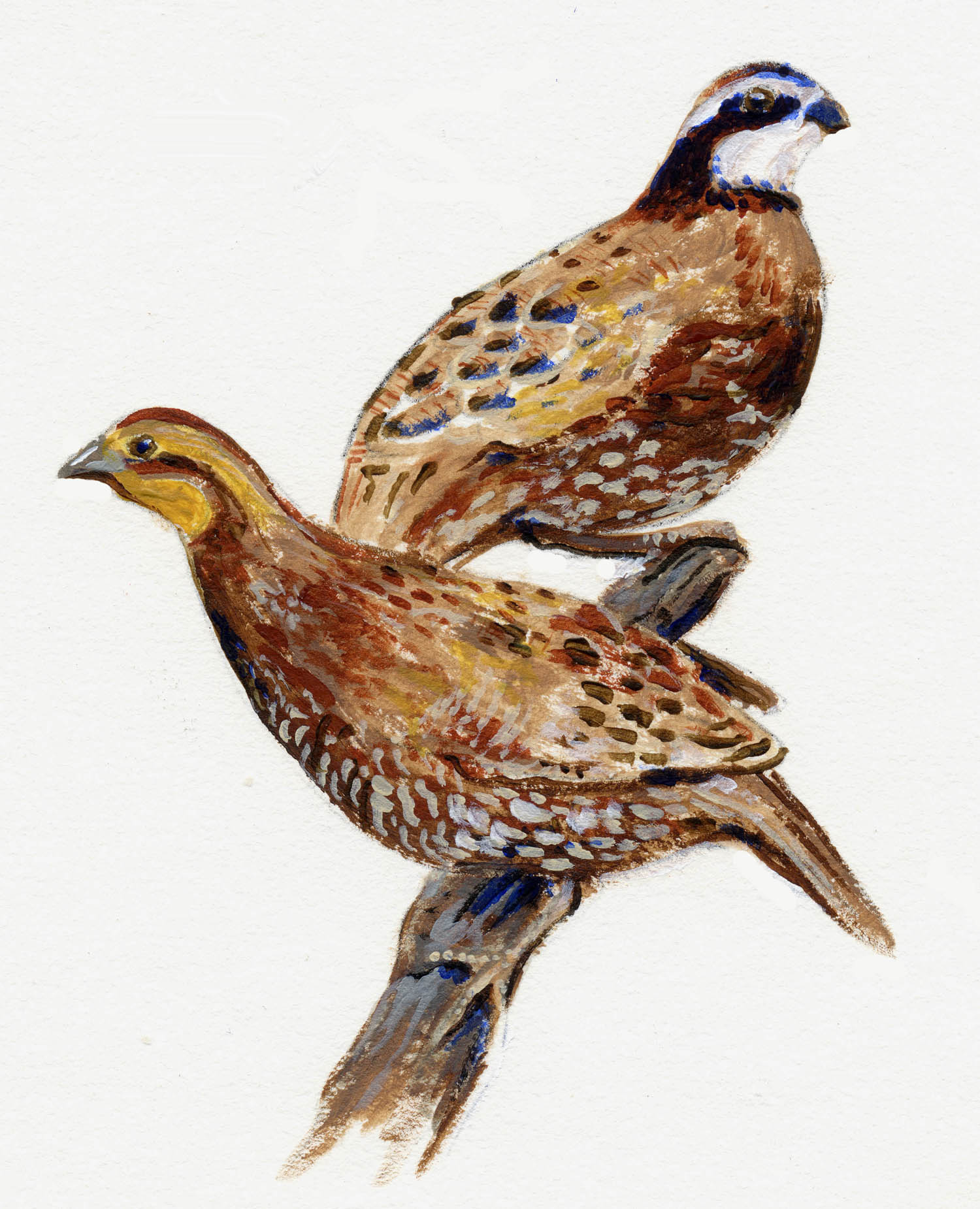University, landowners work to resurrect a vanishing bird in Catawba

Virginia, like many other states, has seen drastic declines in the population of the once-ubiquitous bobwhite. Quail hunters fancied the bird with its distinctive call that, in some places, youngsters have never heard. State agencies that want to work with landowners to increase quail habitat found a receptive community in Catawba.
At the core of the effort: the Catawba Sustainability Center, 377 Virginia Tech-owned acres situated in the Upper James River Basin in the headwaters of the Chesapeake Bay watershed.
The center was instrumental in two ways. First, warm-season grasses have been grown on the property since 2008. Second, Christy Gabbard, the center's former director, helped unite Catawba landowners (through the community group Catawba Landcare) with Andrew Rosenberger, a private lands biologist at Virginia Tech's Conservation Management Institute. He works with the Virginia Department of Game and Inland Fisheries and the U.S. Department of Agriculture Natural Resources Conservation Service across Southwest Virginia.
After the center held a quail habitat-restoration workshop, Rosenberger and the landowners hatched a plan. They would encourage the community to create a quail-habitat quilt throughout the Catawba Valley. The quilt would consist of as many plots of warm-season grasses as possible. Quail love the grasses because they provide cover for nesting and hiding from predators.
"I see this as a way of maximizing our tax dollars," Gabbard says. "The university showcases land-management practices, and landowners act as the messengers, which results in changes on the ground."



.jpg.transform/m-medium/image.jpg)
